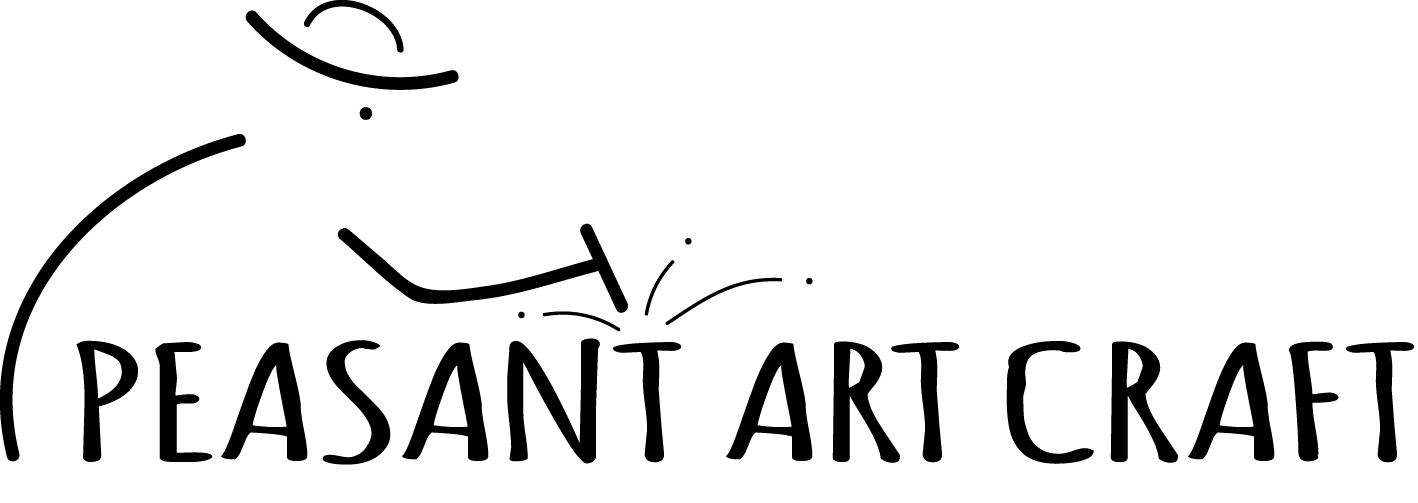
This article features affiliate links, meaning we’ll earn a small commission if you purchase through these links. Please read our Privacy Policy for more details.

The moment I saw Ms. Florica Arion’s handicraft, my interest in cattail basket weaving was piqued, so much in fact that I had to travel to Southeast Romania to meet the lady in person. I knew I wanted to share it with you. Cattail weaving has a long tradition here in Luncavița, a small village on the bank of the Danube.

Luncavița has been a cattail weaving center since the last half of the 20 century. During the communist regime, the popularity of cattail baskets abroad allowed some rural workshops to thrive.

Basket-making became professionalized and specialized, with weavers laboring side by side in workshops. About 50 years ago, Ms. Florica Arion, aged 66, got hired as a cattail weaver in one of the two existing weaving workshops.


But right after the fall of communism, in 1989, all the workshops were closed, leaving thousands unemployed and facing a struggle to support their families. Despite the bad economic circumstances, Ms. Florica has continued the art of cattail basket weaving to this day, creating all sorts of baskets, cattail sandals, plates, glass, and bottle holders. She leads us into the back garden, where she often sits and works in fine weather. Cattail leaves are scattered on the ground. Her big garden is well-tended. She is a diligent woman.

Harvesting and Preparing Cattails
“The cattail is harvested in August or September after the growing season is done and before they turn brown and even better in November when the first snow falls.”, she says while carrying a heavy load of stalks. „This is the time when top male flowers drop to the ground, leaving only the female flowers behind. These are the suitable parts for weaving.”

Harvesting cattails is physically demanding work performed by reapers from Parcheș, a village located in the Danube Delta, where she gets her cattail from. The stalks are dried thoroughly, sorted by size, and stored in bunches. Re-soaking before use will make them pliable and easier to work with.
Pulling out a few stems, she explains how cattail processes and stores cattails: „The best workable leaves for basketry are found once the outer leaves are stripped.” With a knife, she splits them into two or three pieces, discarding the parched tips and the core. „With the outer leaves discarded, we weave cattail mats.”

„Splitting can be done with bare hands as well”, she continues, pinching each side at the thick, and pulling them apart evenly. „Cattails not prepared or stored properly will fail.”
Weaving Cattail Baskets
Affiliate links Commonwealth Basket Basketry Tool Kit

Ms. Florica begins her work by creating the bottom part of the basket. Then, the base is fastened on a basket mold with nails and she starts to weave the beginning of the basket upward. Her hands are moving easily giving form to the new basket. Usually, there is more than one pattern found in a single basket woven in interlaced and intertwined combinations. Soaking is repeated whenever necessary as the work progresses. It is better to leave it for a while. As soon as the cattail loses its moisture, it begins to crack. The finished basket is beaten with a hammer and polished with a glass bottle to give it a smooth, shiny aspect.

Similar Articles
Blacksmith Shoeing Horses and Making Horseshoes From Scratch
Making Stained Glass Windows -Mesmerizing Puzzles of Color and Light















Leave a Comment